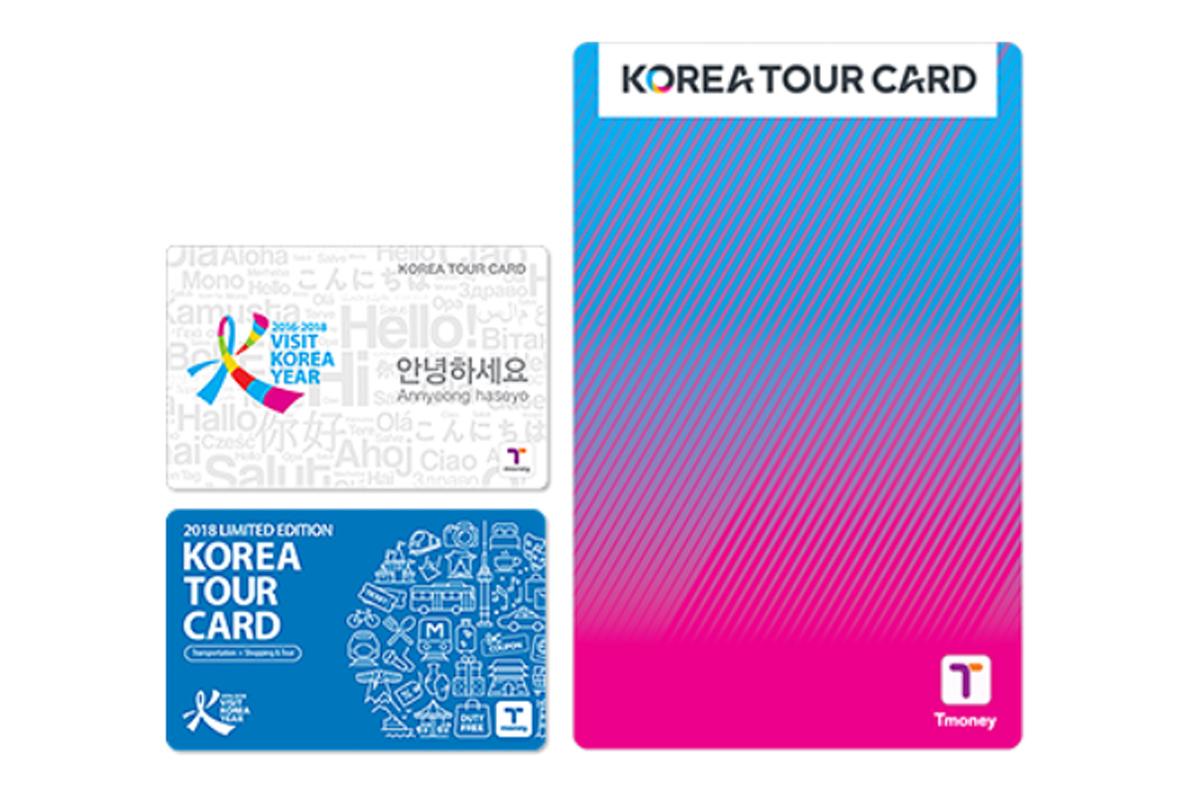Korea is known to have one of the most efficient transportation systems in the world. Even in overpopulated cities, the public system runs smoothly. In cities like Seoul, where the population is just about to reach 10 million people, public transportation is the main method of getting around. Therefore, it is crucial that the public transportation system runs seamlessly without any mistakes.
There are two main types of public transportation: the subway and the bus. In this blog, we will be going into detail about the bus system in Korea, which students will find themselves using often to get around town. If it is your first time in a new country and you're about to ride the bus for the first time, you may be overwhelmed. Doing anything for the first time can be scary. However, after a few tries, you'll question why you were so nervous in the first place. Especially if you're in Seoul where the bus can take you literally anywhere.
But for now, read this guide to prepare yourself for your time here in Korea. Let's take a look at what you can expect!
Other helpful reads about getting around Korea!
All About Public Transportation in Korea
Tips on Riding the Bus in Korea
Bus Types
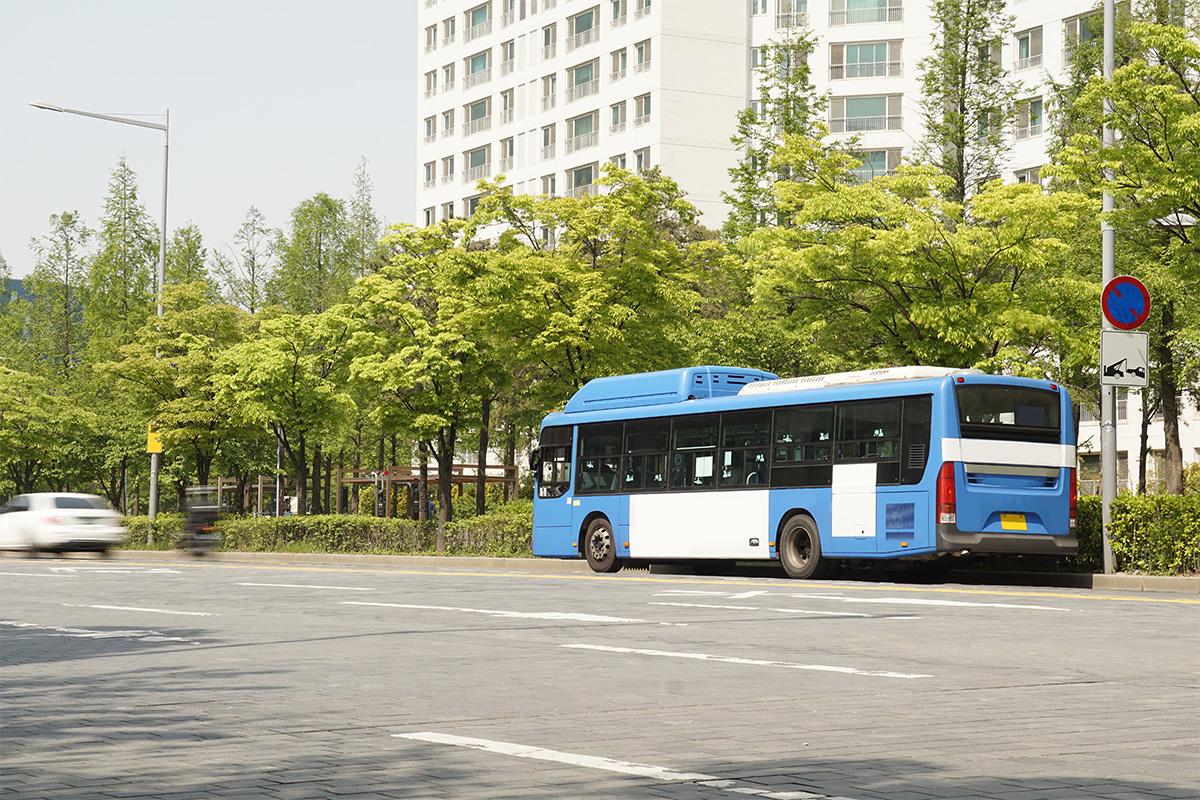
Before exploring the use of buses, it would be better to first understand the types of buses in Korea. That way, you can decide which bus to use depending on the situation, and especially for international students who are likely to visit other regions, it would be helpful to know.
City Buses
In most regions of Korea, regardless of the size of the city, city buses are available. However, the operating systems, frequency of operation, and fares vary by region. In Seoul, there are relatively many vehicles in operation due to high demand, so naturally, there are also more types of buses. Even in other large cities, city buses are available in every corner of the region for the convenience of the citizens and tourists! Fares vary by region, distance, and age, but generally range from 1,200 to 1,600 KRW. You can check the detailed information for each region on the local website, and some sites also offer other languages, so be sure to check it out!
| District | Website | Languages Available | Notes |
| Seoul Public Transportation 서울대중교통 | Go to website | Korean | Bus arrival information, Recommended routes, etc. |
| Incheon Metropolitan City Bus Information System 인천광역시 버스관리정보시스템 | Go to website | Korean | Information about the Incheon Bus system is available. |
| Busan Bus Information Management System 부산시 버스관리정보시스템 | Go to website | Korean | Information about the Busan Bus system is available. |
| Daegu Bus Information 대구버스정보 | Go to website | Korean, English | Check the first and last bus times on the website. |
| Gwangju Bus Information System 광주광역시 버스운행정보 | Go to website | Korean | Recommended routes and information regarding bus cards are available. |
| Daejeon Traffic Information Center 대전교통정보센터 | Go to website | Korean | Download the English version of the Daejeon bus system here. |
| Sejong Traffic Information System 세종특별자치시 교통정보시스템 | Go to website | Korean | Information about the Sejong Bus system is available. |
| Jeju Bus Information System 제주버스정보시스템 | Go to website | Korean, English, Chinese, Japanese | Available in multiple languages and a must-have when in Jeju as the bus times are unpredictable and the website has the most accurate information. |
Source: Foreigner Exchange Student Guidebook
Of course, it is easier and faster to search for routes using transportation guidance applications downloaded on your mobile phone rather than on a website. Nowadays, detailed information is also available on Naver Maps or Kakao Maps.
Intercity Buses
One of the convenient means of transportation when traveling to other regions is the intercity bus. Buses can be divided into express buses and regular intercity buses, where express buses operate directly between two regions through highways, while regular intercity buses can travel through highways, national roads, and local roads and may pass through several regions.
In South Korea, almost all regions can be reached within 10 hours, and most can be reached within 5 hours. Additionally, there are cases where the express bus terminal and the regular intercity bus terminal are separated by region, and other cases where they are used together, so you need to be careful when booking.
| Intercity Bus Reservation System | Go to website | Available in Korean, English, Japanese, Chinese |
| Bustago | Go to website | Available in Korean, English, Japanese, Chinese |
Source: Foreigner Exchange Student Guidebook
There are two main apps/websites commonly used when making a reservation. You can download the apps onto your phone to use on the go and it is also available in the 4 languages above.
Using the Bus
Cash
If you have not prepared a transportation card, you can pay in cash. However, we strongly recommend using a transportation card for the following reasons:
1. It's more expensive: Paying in cash is more expensive than paying with a card.
2. Free transfers: Free transfers are not possible with cash, but with a transportation card, up to three transfers, including the subway, are free.
3. Cashless buses: Seoul city has been adding "cashless bus" routes starting in 2022. Currently, more than 400 buses are operated as cashless, so if you don't have a transportation card, you'll have to take another bus.

Transportation Card
You can use both cash and a card when paying the bus fare. However, since it can be cumbersome to pay in cash every time you get off the bus, we recommend getting a transportation card.
There are 3 types of transportation cards that we recommend:
1. T-money Korea Tour Card
The Korea Tour Card is a tourism transportation card for foreigners, which can be used not only for buses but also for various transportation means such as the subway and taxis in South Korea. In addition, it includes various discounts on tourism content such as shopping, food and beverage, and performances. For more information, please click here!
The card can be purchased for KRW 4,000 at the airport, convenience stores, airport railway vending machines, and banks. Charging is separate and can be easily done at convenience stores, subway station charging machines, T-money town, etc.
2. Debit Card Prepaid/Postpaid Transportation Card
In South Korea, if you have a personal bank account, you can apply for a debit card, and you can also apply for a prepaid/postpaid transportation card service on the card. However, a foreign registration card is required to open an account. Click here to find out how to open up a bank account as a foreigner!
If you have a bank account and applied for a postpaid transportation card service with your debit card, you just need to set a date on when the monthly fee will be deducted. For example, if you set it on the 11th of every month, the fee will be deducted on the 11th after measuring the transportation costs incurred from the 1st to the end of last month. This card relieves the hassle of charging before using it. In addition, different benefits and services are provided depending on the type of debit card, so explain your purpose to the staff when applying and receive a recommendation for a suitable card!
3. NAMANE Card
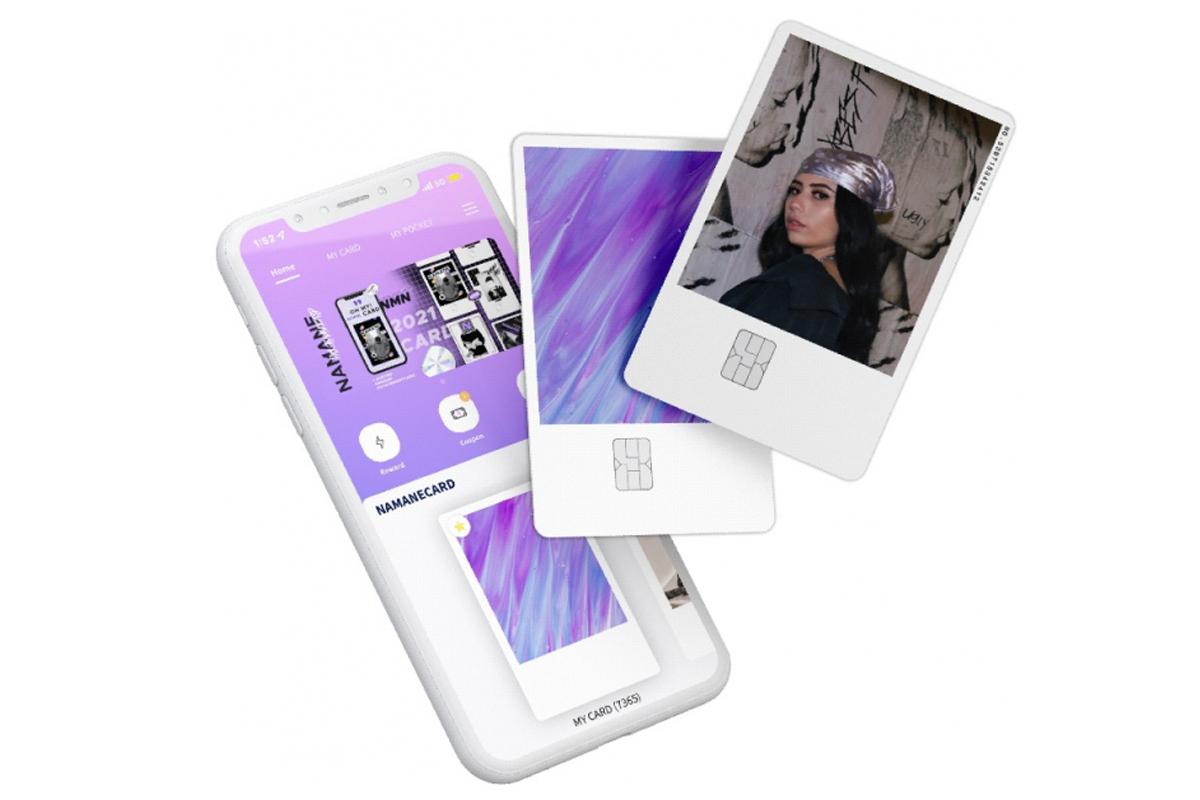
The NAMANE Card is perfect for students and travelers in so many ways. Not only is it a two-in-one card that you can use for transportation and offline purchases, but it is also your very own photo card that fits right in your wallet! It is incredibly easy for foreigners to get one, as there is no authentication needed! If you need to charge your card balance, you can do so right away on the NAMANE app! Click here to find out more about the NAMANE Card and its benefits!
Before Boarding
To confirm the optimal route, we recommend downloading the Korean equivalent of Google Maps, KakaoMap or Naver Map. Regardless of the region you are in, the apps provide optimal routes and bus information such as nearby bus stops, bus numbers, estimated travel time, cost, and waiting time.
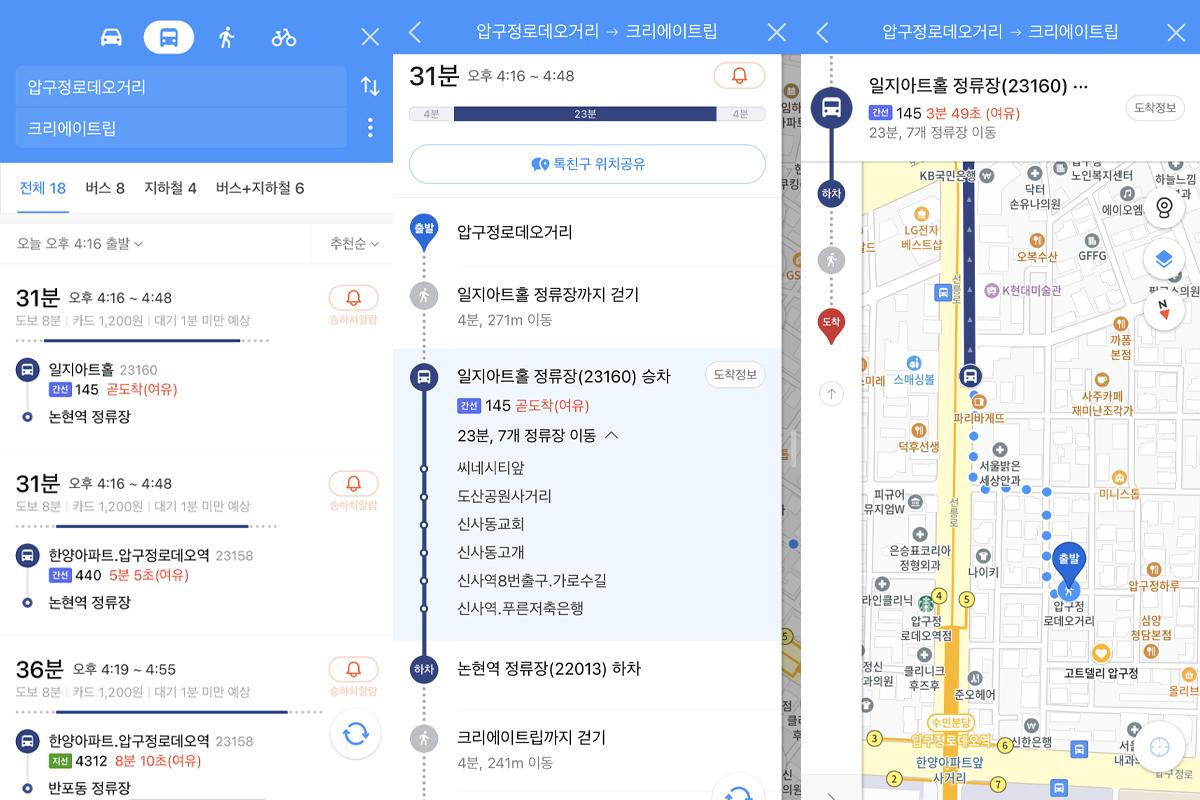 You can check Kakao Maps for directions to your next destination easily.
You can check Kakao Maps for directions to your next destination easily.
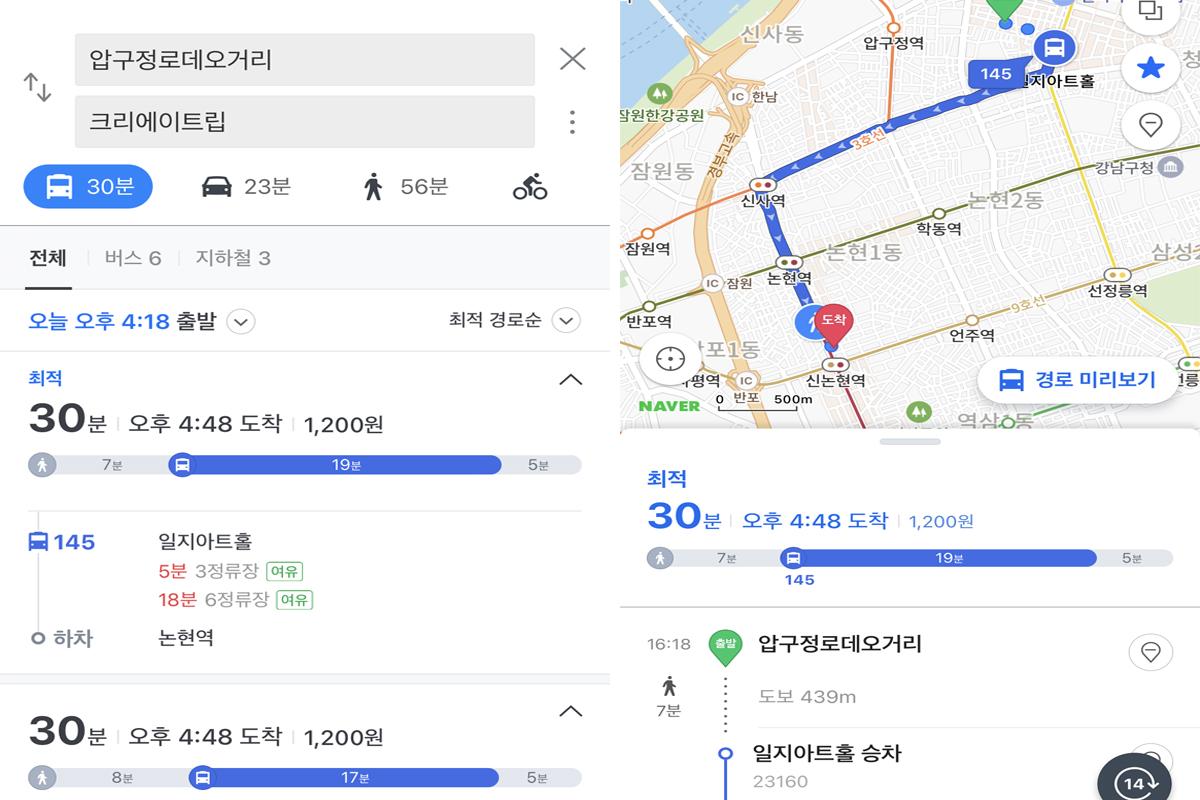 Naver Map is also a great tool to get around.
Naver Map is also a great tool to get around.
 At each bus stop, expect to see a screen that tells you how much time is left until your bus arrves. Some bus stops may not have this feature.
At each bus stop, expect to see a screen that tells you how much time is left until your bus arrves. Some bus stops may not have this feature.
Source: 경남일보
In addition, there is an information signboard at each bus stop, and the information on the signboard is the most accurate, so please refer to it while waiting!
When Boarding
In South Korea, you need to tap your card when getting on and off the bus because the basic fare is deducted first and additional charges occur according to the distance later. If the destination is within 10 km, it is the basic fare, and if it is more than 10 km, an additional KRW 100 is charged for every 5 km. In addition, if you transfer between subway and bus or between buses within 30 minutes, you will get a fare discount.
Bus Etiquette in Korea:
1. Bus Seats

About one-third of Korean buses are reserved for people with disabilities, seniors, pregnant women, and children. The seats are marked with a different color or a sign next to the seat, and it's basic etiquette to leave those seats for people who need them.
2. No Food or Drinks Allowed
Korean buses strictly prohibit boarding food or drinks onto the bus. You may be denied boarding if you have a drink in your hand. You can, however, board the bus if your drink is in a carrier or if your food is completely closed off and unopened in its original packaging.
3. Bell for Getting Off

Before you come to your bus stop, you must press the stop button if you plan on getting off. If you don't press the bell, the driver may think that no one is getting off at the next stop, and may not stop the bus. Be sure to press the bell to signal the driver to stop.
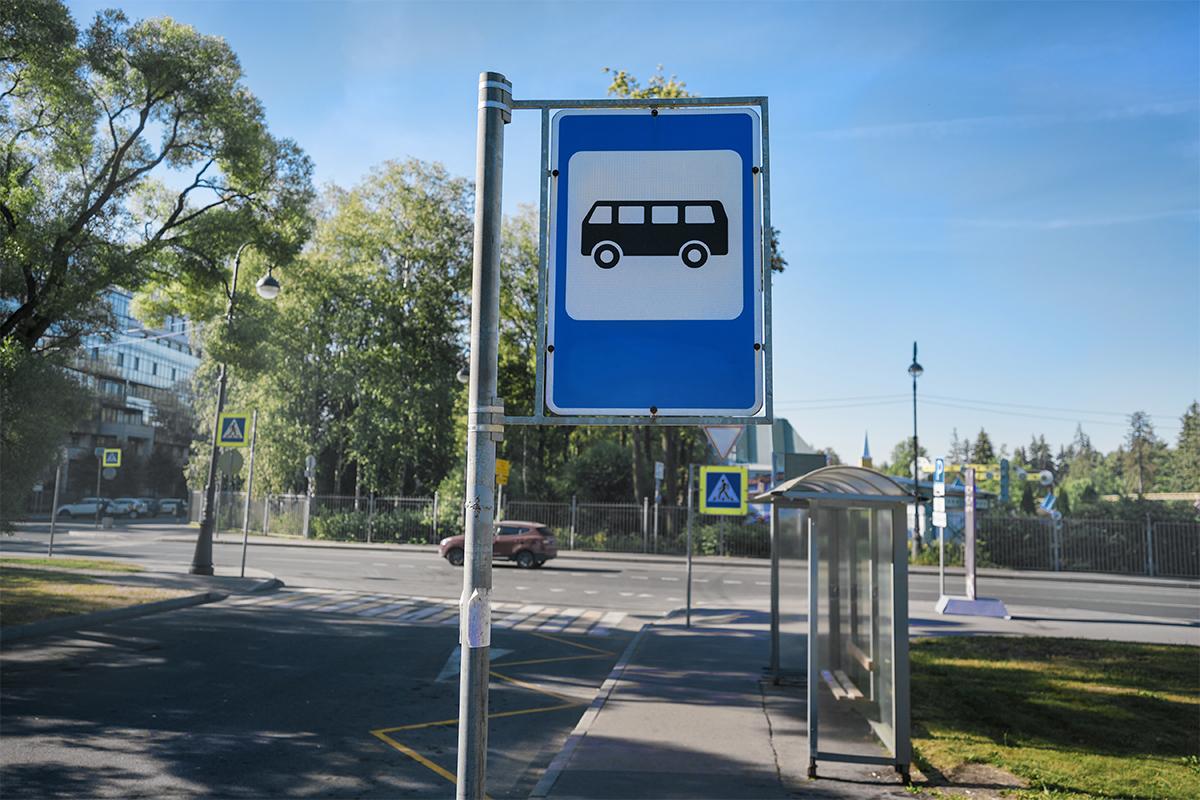
References
코리아투어카드 https://www.koreatourcard.kr/kr/
나마네카드 https://www.namanecard.com/
한국유학종합시스템 https://www.studyinkorea.go.kr/ko/main.do?message=
As mentioned before, getting around a new city can be overwhelming and scary. We hope this guide has helped you ease into life in Korea and become an expert in getting around town! If you have any questions or concerns, please leave a comment below or send us an email at help@creatrip.com! You can follow us on Instagram, TikTok, and Facebook to stay updated on all things Korea!

